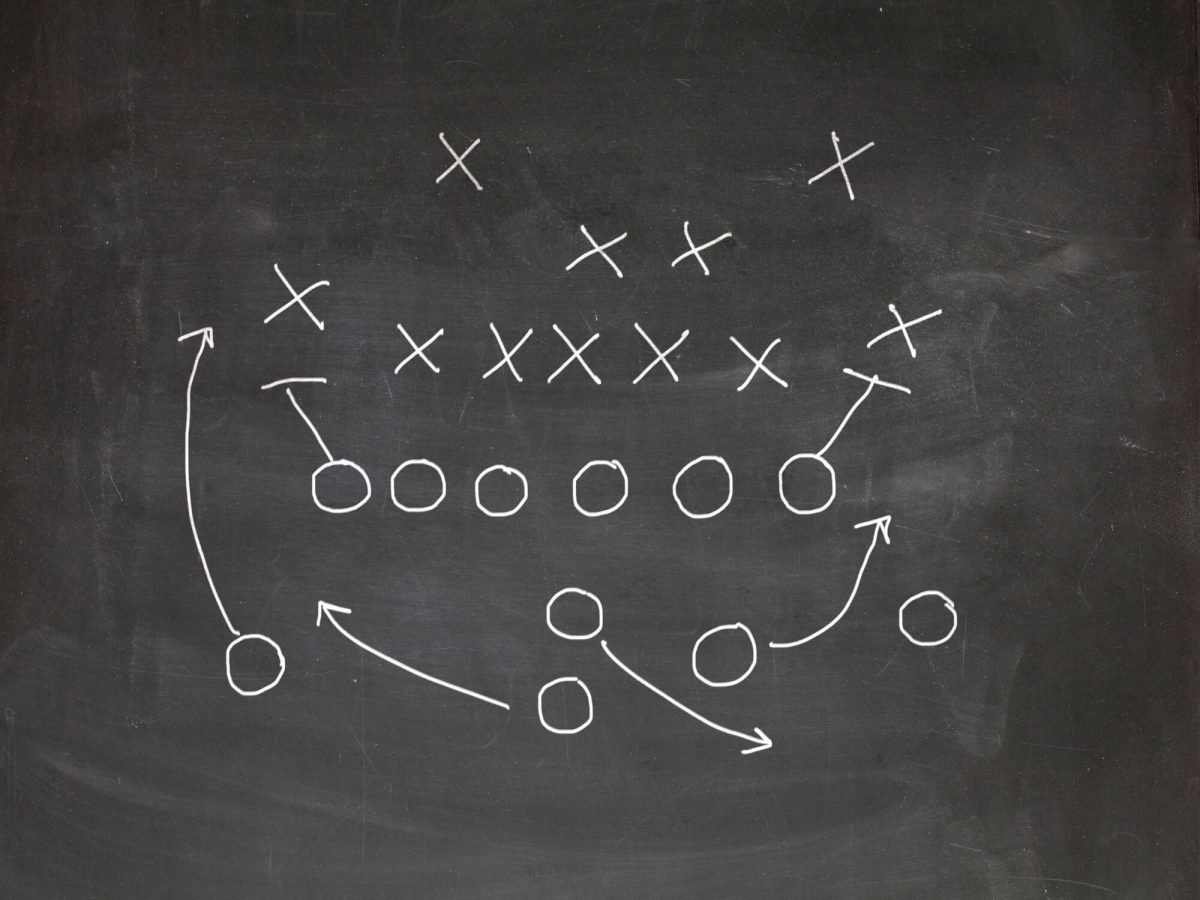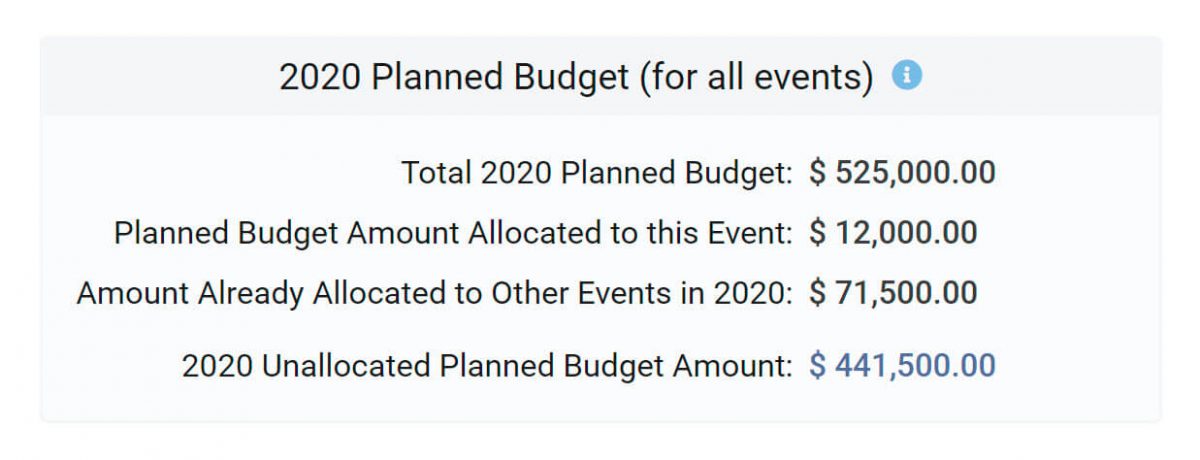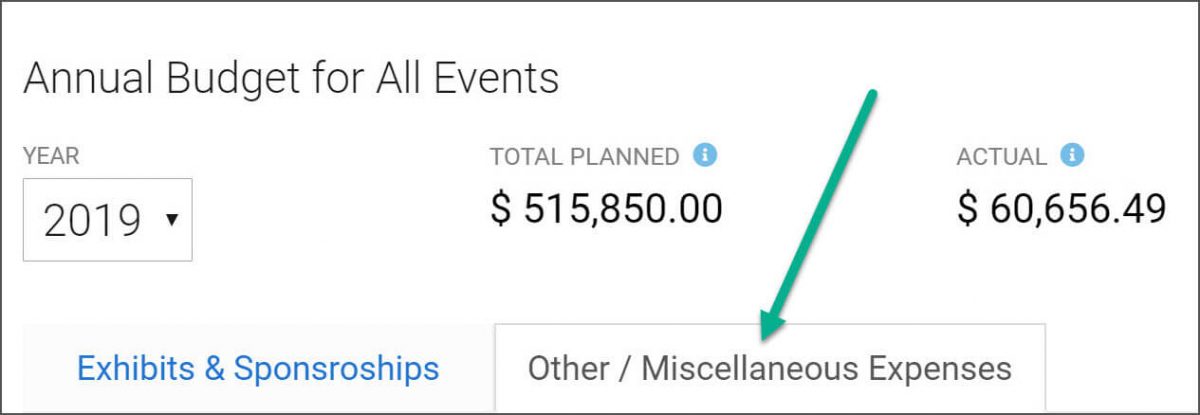Just Released – new ExhibitDay feature to measure Engagement and ROI for all your trade shows and Exhibits.
Event-Specific Engagement Analytics and ROI
Under the [Analytics & ROI] tab of each event in your ExhibitDay workspace, you can now specify the following metrics:
- Number of leads captured.
- Number of impressions (booth walk-bys, sponsorship, traditional/social media.
- Number of meetings (with new and existing customers).
- Revenue attributable to the event (actual and forecast).
Based on these metrics and the cost of your event, ExhibitDay automatically calculates the following for you:
- Average Cost per Lead.
- Average Cost per Impression.
- Customer Meeting Metrics.
- Total Gross ROI.
- Total Gross Realized ROI.

Engagement Analytics and ROI Across all Events
You can also view and compare Engagement Analytics and ROI across all your events for a given year under the [Annual Budgets] link.

Sign up for a free ExhibitDay account and start measuring the return on your investments in Trade Shows and Exhibits.












